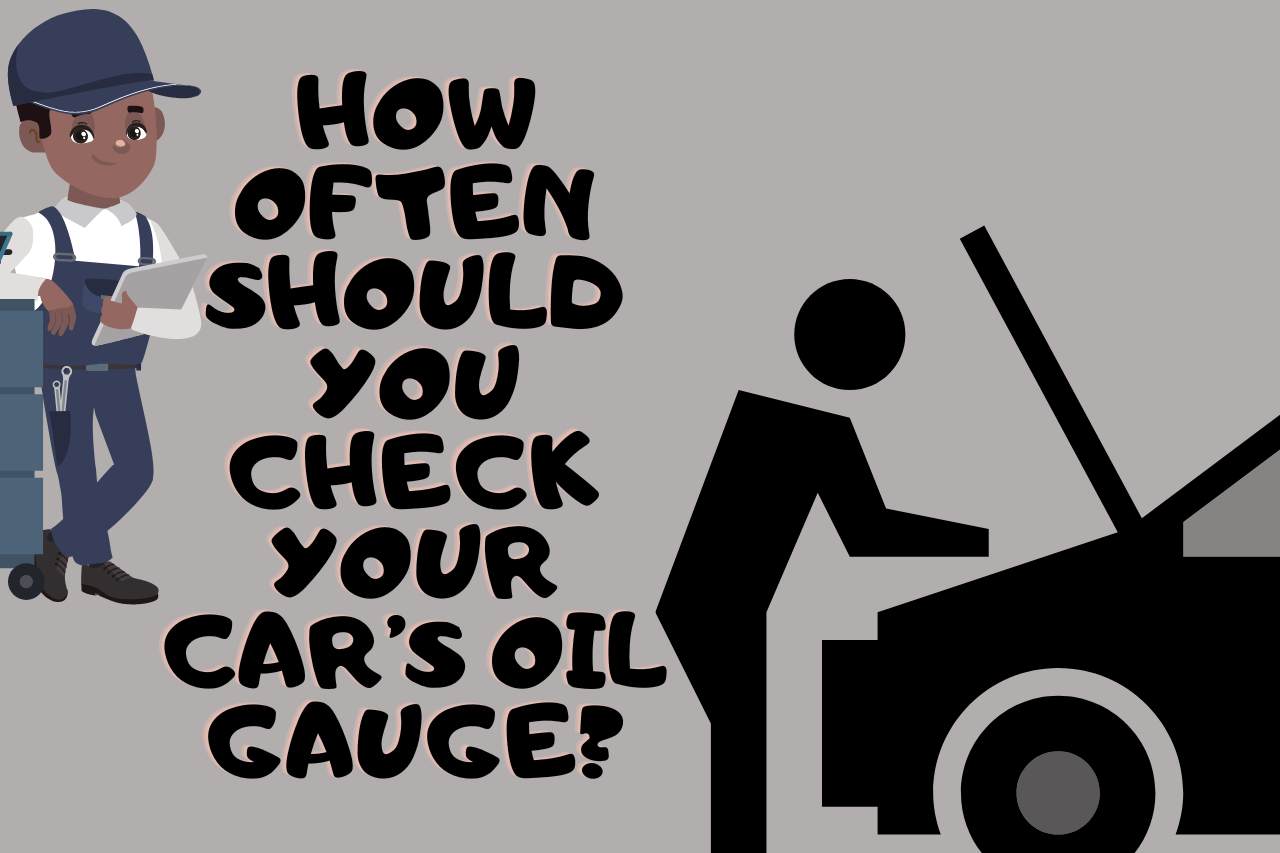The everlasting robustness of your vehicle’s engine highly depends on the explicit reading of the oil gauge. Thus, precisely comprehending an oil gauge’s vitality and contribution towards a healthy engine is crucial. Furthermore, you must be capable of reading your oil gauge in any given situation to manage any existential crisis. The mere capability to read your oil gauge will not work mystical wonders. You must comprehend the communication of the oil gauge in a daily checkup. The driver must meet all these checkpoints. Hence we are here to implement the initial step by answering the question: how to read an oil gauge?
What is an Oil Gauge in a Car?
An oil gauge is a technical indicator and a monitor of your engine oil, allowing you to maintain a healthy engine system. By way of explanation, an oil pressure gauge reflects the pressure of your engine oil and allows you to comprehend your engine’s situation. An oil gauge is a chiromancy on your engine. There are two main oil gauge types.
- Digital oil pressure gauges
- Mechanical oil pressure gauges.
The main difference is using a digital display powered by the vehicle’s electrical system and pipes to measure the oil while using needles to display the oil pressure, respectively.
Why is it Important to Monitor your Oil Gauge?
The most pertaining acknowledgment on your oil gauge will keep you from suffering various engine breakdowns. An oil gauge is the chiromancy of your vehicle, as we have mentioned above. Thus the vitality of an oil gauge is bigger than its ideal purpose of communicating the oil pressure in your engine.
You can avoid severe oil pump failures, broken hoses, or leaking caps through the oil pressure gauge.
Moreover, oil pressure in an engine is responsible for the accurate reach of lubricants into the critical areas of the vehicle. Thus, monitoring an oil gauge is vital to estimate whether the camshaft, main, and balance shaft bearings have also got hold of the lubricants.
The accurate oil gauge allows you to help your vehicle reduce the wear of engine particles while maintaining a balanced temperature zone. An oil gauge is very important for the overall well-being of you and your car.
How to Check your Oil Gauge in a Car?
Inspecting your car’s oil gauge is not such a complex procedure. It is an easy-peasy stratagem of accurate execution. Your oil gauge will often be situated on the dashboard or in the main panel next to all the other vital gauges. Fundamentally, it will be easier to find the oil gauge as it is often labeled as “oil” in the upper corner. Oil gauges often use two specific methodologies to communicate.
- Some oil gauges use numeric ranges from 1 to 80 or 1 to 100
- Some use “H” and “L” extremities to implement the values of “high“ and “low” pressure
Digital displays and needle indicators use both of these methodologies. Thus, you are in a safe zone if the oil gauge speaks in a mediate range. However, any extremity is not a sign of fortune, as high and low pressure cause severe engine troubles.
What Do Readings on your Car’s Oil Gauge Mean?
As much as it is important to acknowledge “how to read an oil gauge,” it is much more important to know what all those numerical records mean behind the curtains. As we have mentioned earlier, the numerical ranges from 1 to 80 and 1 to 100 affect the comprehension of the oil gauge reading if your reading has landed between 20 and 65.
This condition is the normality. However, you are in great danger if the reading is below or close to 80 or 100. This situation means that you have reached the forbidden extremities. Thus, low and high oil pressure never brings positive feedback to your car.
Low oil pressure indicates a problem in your oil pump as the necessary parts of your vehicle do not have access to any lubricants. Such severe problems can be read just by looking beyond the closed curtains of those numerical values.

How Often should you Check your Car’s Oil Gauge?
“How often should I brush my teeth?” is a stupid question. The answer is daily, to be more exact, twice a day. The same answer applies to your burning question, “How often should I check your car’s gauge oil?” at least twice daily.
Checking your car’s oil gauge is not such a hard exercise, as the dashboard will be in front of your eyes when driving. Thus, checking your oil gauge at least twice a day, once in the morning and once at night if you are driving at the time, will benefit you in entering a fortunate drive-off.
You can check your oil level through the oil gauge or by reading the dipstick rating. The last method will take you some time; thus, that checkup will be adequate to be performed at least once a month while you regularly check our oil gauge.
Can your Car’s Oil Gauge Give False Readings?
False readings always put you on the edge when reaching the most optimal decision to befit the well-being of your car. Therefore an oil gauge may monitor false readings. Two main hints scream this mishap.
- The oil gauge reading is too low
- The oil gauge reading is too high
A reading of too-low oil pressure hints that there’s an issue with the oil pump, ultimately resulting in false readings. However, cold weather could also be a reason behind this mishap until the pump can deliver the oil to your car’s engine. Hence it is evident that receiving a false oil gauge reading is possible.
How to Troubleshoot Oil Gauge Problems in your Car?
Troubleshooting the oil gauge problems is the wisest option a driver could do while consciously paying enough attention to the tiny hints your car throws at you. There are several situations in which you must act immediately.
-
Your Oil Pressure Gauge Drops to Zero
- The only time your oil gauge must indicate the value of zero is when your engine is in an idle mood. If your gauge is monitoring “0” when idle, it could be a pressure gauge failure or a broken oil pump with low oil.
-
Your Oil Gauge Plunges Into High
- The normality of an oil gauge reading must be in the mediate range. However, if your gauge has been reading a high value for a considerable time, you might face a relief valve issue or a block in the oil delivery lines. The blockage mentioned could ultimately lead to a severe burst of your oil filter.
Watch this one,
Video Credits – Pricerite Heating Oil
You May Also Like


